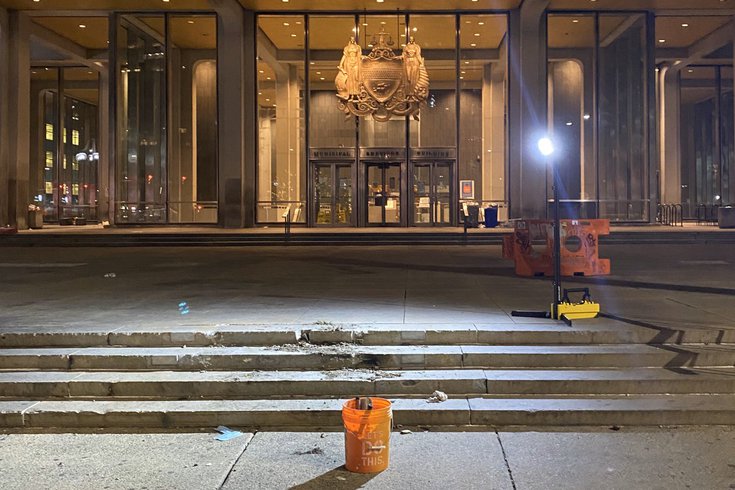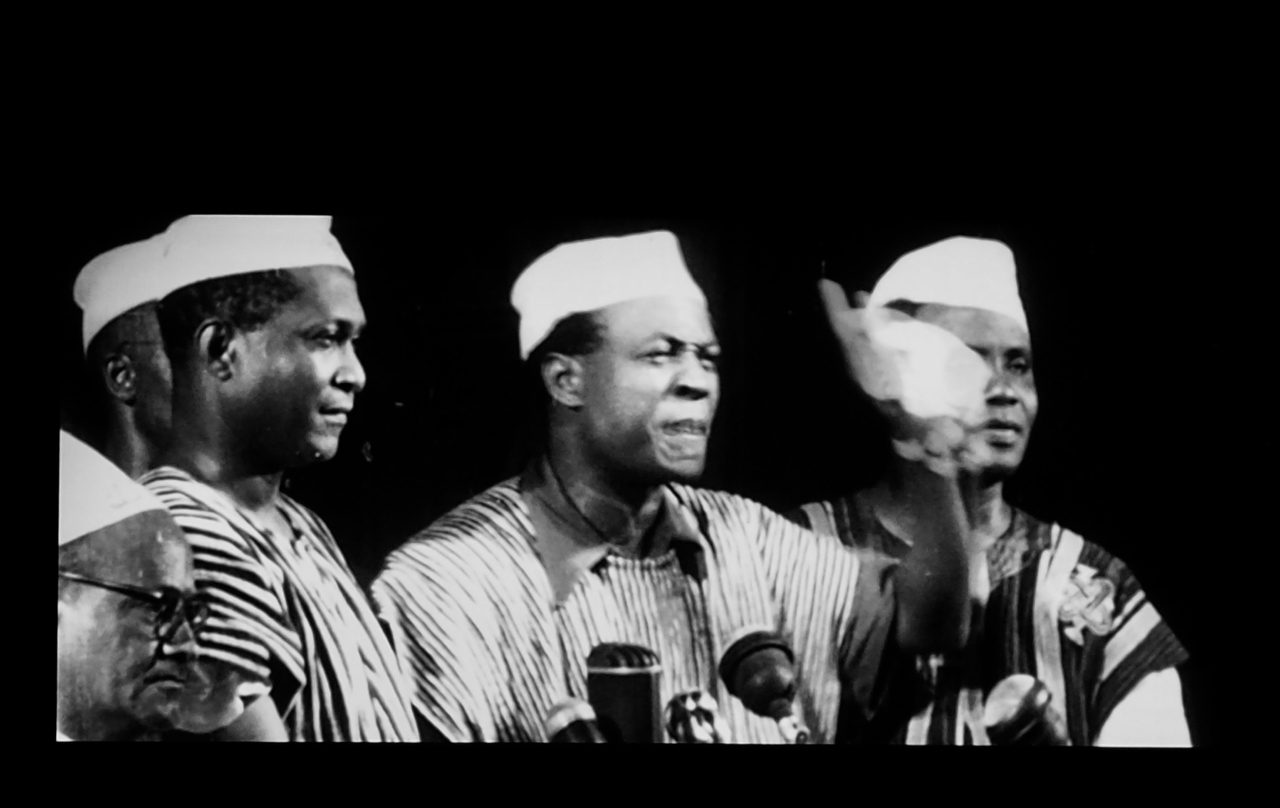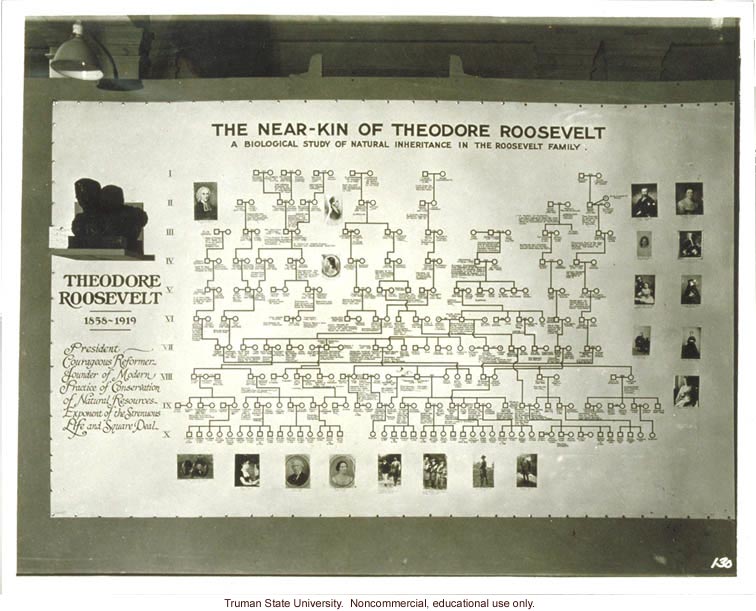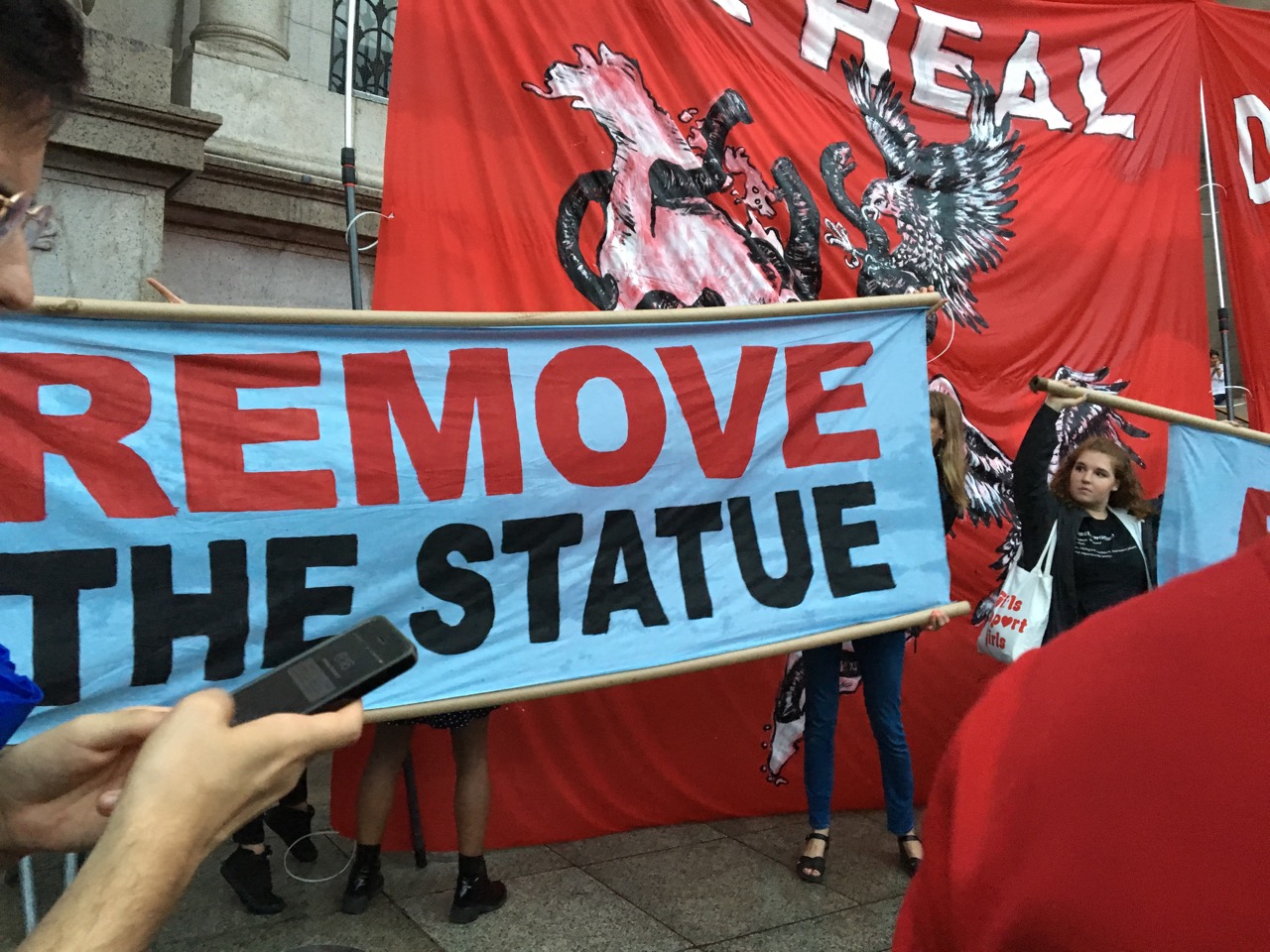Category: Monuments
-

Once More, The Monuments Must Fall
“Black Lives Matter” protestors in the streets after the murder of George Floyd continue to demand that all the monuments must fall because they are part of the apparatus of white supremacy. In Birmingham and Philadelphia they are down. Once more, white art people, this is on us: take down the monuments!
-

Face Forward
In transfigured night, hear the poet Milton sing “Hail, horrors, hail.” In this disjuncture, in the break and in the wake, the voice of Kwame Nkrumah comes: “We face neither East nor West, we face forward.” We, the would-be decolonized, was his formula in that betrayed beginning of Bandung, whose spirit continues to inspire. His…
-

For Anti-Racism: Against NYC’s Monuments Commission
The NYC Monument Commission was a failure. It delivered a hot mess of recommendations for more: more bureaucracy, more signs and “>more monuments. This is called an “additive” policy. Without a commitment to anti-racism and decolonial practice, none of it makes sense. The missed opportunity is that a good faith anti-racist, decolonial project could show people of…
-

Monumental Questions
Today hearings were held in Manhattan for the Mayor’s Commission on City Art, Monuments and Markers. It was a real New York occasion, with dashes of radical politics, establishment equivocation, blunt force and moments of pure eccentricity. Anyone who wanted could speak for three minutes in randomly assigned slots. Despite being called for the day…